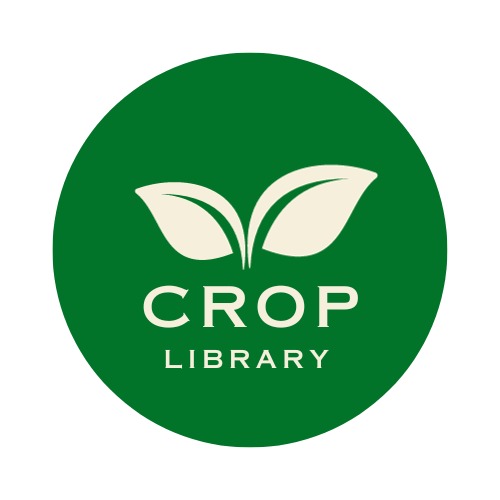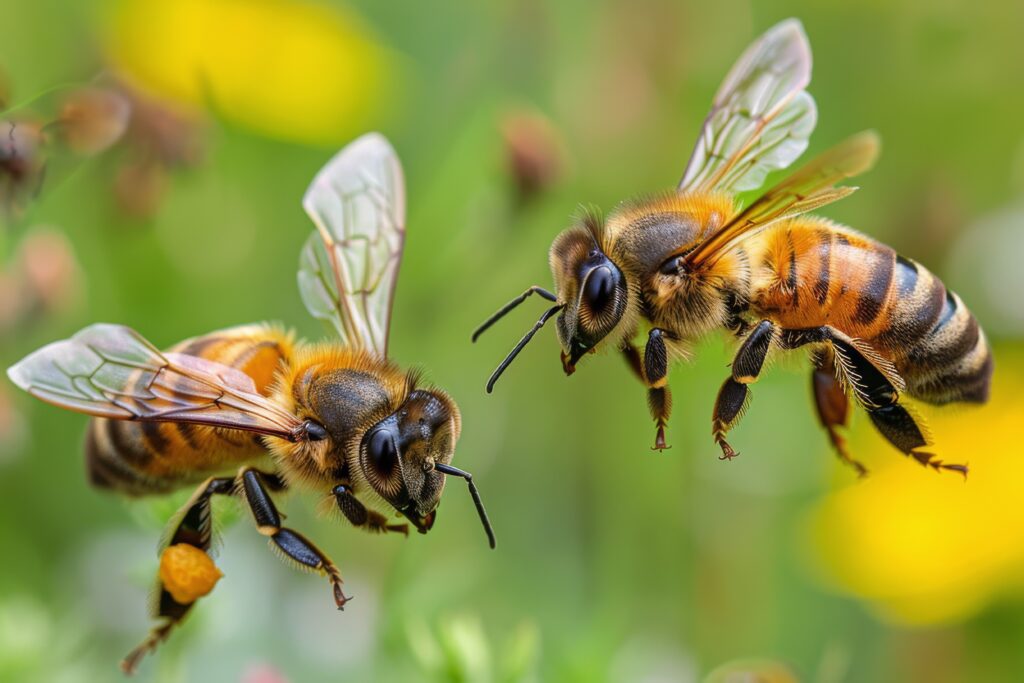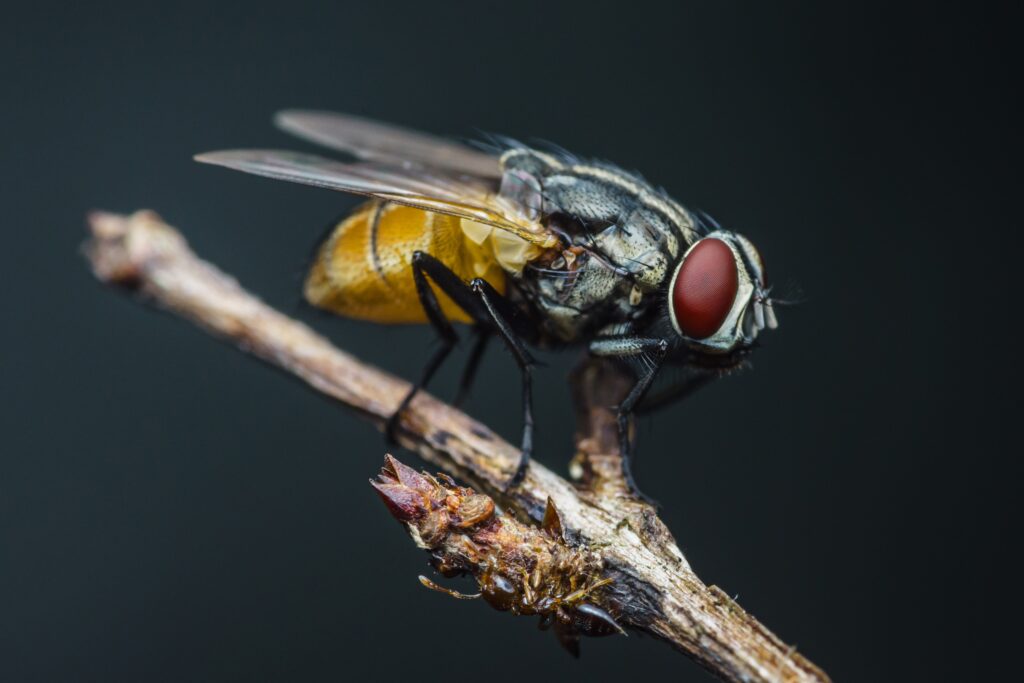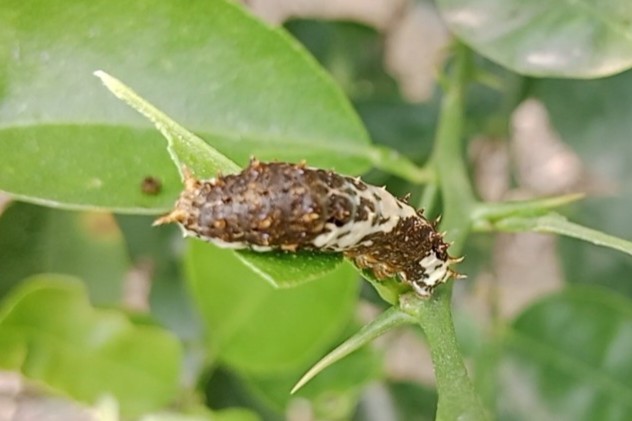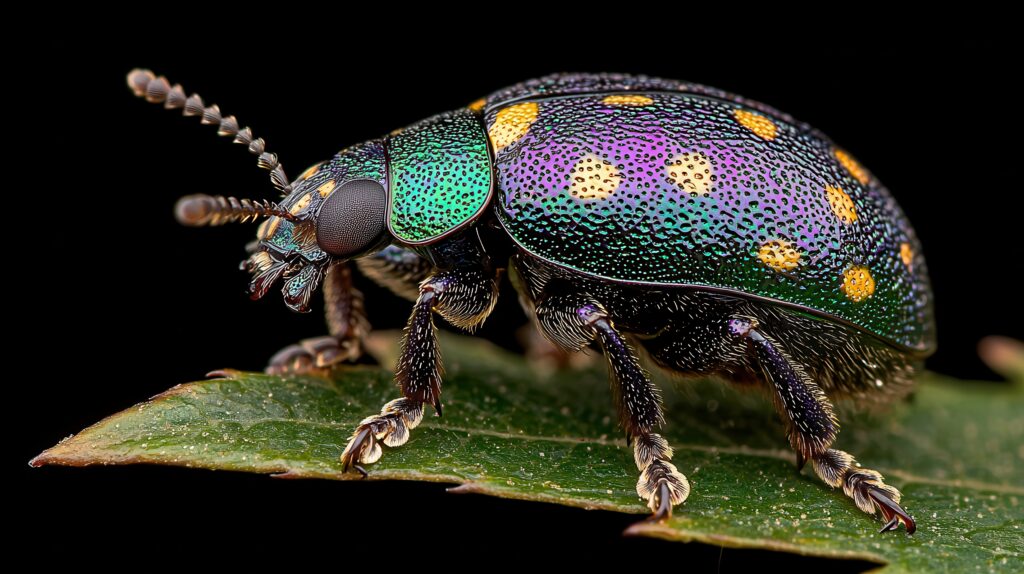Identification of Hymenoptera: Bees, Wasps, Ants, and Sawflies
Hymenoptera The order Hymenoptera stands as one of the most diverse and ecologically significant groups of insects, boasting over 132,000 described species spread across 85 families. This remarkable order includes some of the most recognizable and impactful insects on the planet, such as bees, wasps, ants, and sawflies. Identification of Hymenoptera: Bees, Wasps, Ants, and Sawflies helps us to know […]
Identification of Hymenoptera: Bees, Wasps, Ants, and Sawflies Read Post »
